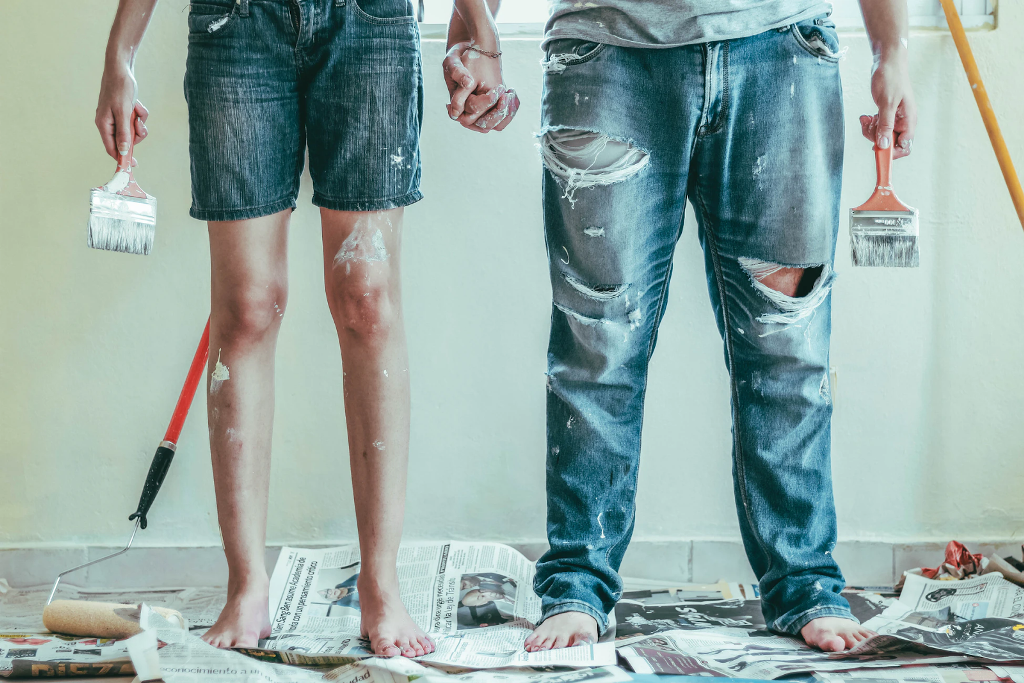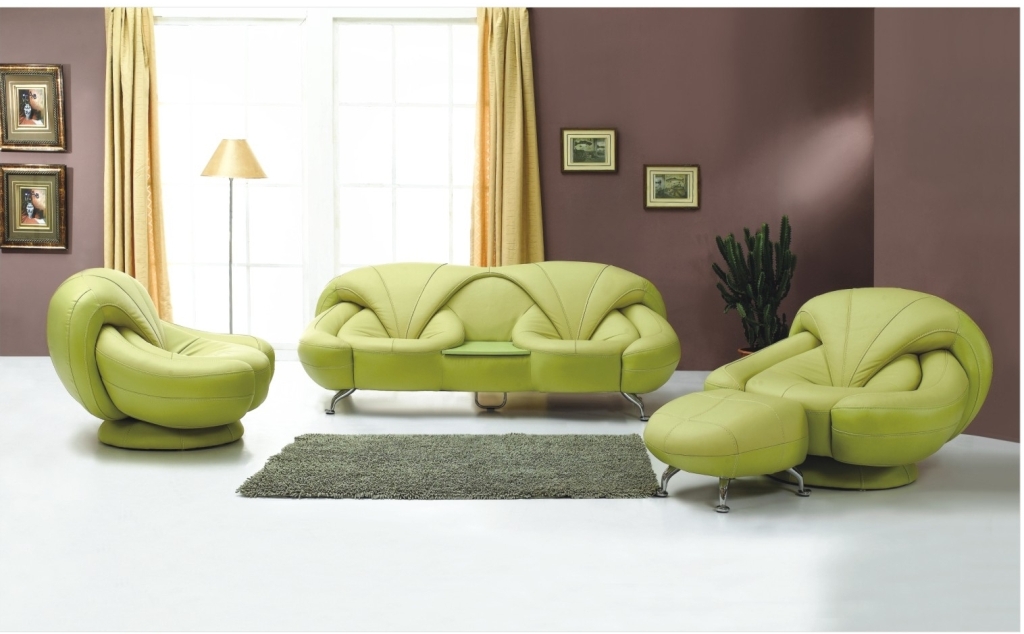Painting a room is a famous beginning task for DIYers and veteran remodelers alike. It is fairly painless, fairly affordable, and should anything go wrong, easy to repair. Most homeowners have simple training for painting. Painting your home interior is the best way to refresh your house. But if you are not cautious, this project will easily turn into a nightmare. Knowing a few more painting strategies will lead to the most rewarding outcomes for most of the DIY painting ventures. Properly handling paint and using the right equipment will ensure the blemishes are avoided and walls are uniformly coated.
The following painting tips will help you boost the quality of your work and save time and money in the process, whether you’re ready to sell, update your decoration, or do some regular home improvements.
Wait For Dry Weather
Humidity means dripping and slow drying, so stop painting on a gloomy day. If you need to paint when it’s moist, take your time and use slow-drying paint to fix your flaws before heading to the next layer. But don’t overwork, or it will show you when you are done.
Mix Several Cans Of Paint
Paint can differ marginally from one can to the next. If you need to open a new can in the middle of a wall, the difference can be obvious. The mixing of paints together solves this concern. The easiest way to measure the amount of paint you need is to mix it in a 5-gallon bucket, a method called “boxing”. According to some ceiling paint reviews available online, when coverage is hard to predict, add more than less when coating the DIY wall. You can always put the remaining back in the cans. You can use a bucket and a roller screen instead of a roller tray for large work. It’s a lot easier to fill the roller with a screen than to use a roller pan. Simply dunk the roller into the paint bowl, then roll it over the screen until it finishes dripping.
Use The Right Primer
If you are painting new drywall, use a water-based primer to cover blemishes and have a texture even before adding paint. If you paint paneling, water-damaged, or smoke-saturated surfaces, look for an oil-based primer. Paint-and-primer mixes are perfect if you already have a clear, smooth base, but when there are any problems with the wall or more than eight years after you last painted, buckle down and go with a different primer. If you need to cover a very difficult surface, such as glass or high-gloss paint, use a bonding primer.
Use Cotton Drop Cloths Rather Than Plastic
Spillages and splatters occur, no matter how cautious you are. It’s a lot better to plan for them than to scrub them out of your carpet or out of your wood floor afterward. What you need is canvas drop cloths in your workspace. The dense canvas is already in place, so you don’t need to tape it, and you can use it to protect any surface. Plastic drop cloths are slippery enough that you can step on or set a ladder and don’t remain in place. Worse still, paint drops on plastic linger sticky, and they can end up on your shoes and get tracked around the room. Canvas is slippery on hard surfaces, so rosin paper is safer than vinyl, tile, and hardwood. To have a non-slip board, tape the sheets together and to the base.
Invest In First-rate Brushes, Roller Covers, And Tape
If you splurge on excellent painting, you probably do not want to pinch pennies on the application. Effective brushes and roller covers have outstanding coverage so that you don’t lose time and paint on re-application, and high-end painter tape is the best thing when it comes to sealing off drips and blurs.
Clean Dirty Surfaces
If you paint on rusty, sticky surfaces, you can quickly scratch or rub off the paint. So before painting, scrub dark areas with a heavy-duty cleaner meant for pre-painting washing. They work well to scrub stained, painted, or enameled surfaces to enhance the adhesion of fresh paint. They are perfect for washing greasy or sticky areas such as kitchen and bathroom walls and scraping handprints around light switches and doorknobs. Keep wiping the cleaner in a circular motion using a lint-free cloth or abrasive pad. Ensure you wear latex gloves and eyewear.
Paint From Top To Bottom
Once you cut the ceiling edges and baseboard with a brush, use your roller to apply paint down from the ceiling. Amateurs often have unmistakable drips and splashes at the end of a painting task, but skilled paint right over their mistakes as they work their way down from the ceiling. Once the surface begins to dry, it’s better to leave it alone. Going back over will leave the traces and the color streaks on the paint’s surface.
An Ultra-smooth FInish
Usually, one coat of paint will not conceal the underlying color and the sheen on the trim. And if you’re not sanding the surface smoothly in coats, the finish can have a grainy feel. Before adding each coat of paint, sand the trim for a seamless finish. Sand the trim using a fine-grained sanding sponge. Sponges get into the crevices where sandpaper can’t go and make you add pressure. Then add the first coat of paint, let it dry for at least 24 hours, gently sand it again on a perfectly smooth surface, and apply the second layer. Vacuum the trim after each polishing, then clean it off with a tack cloth to clear the grit.
The amount of time your project takes depends on the size of your workspace, how you paint, and your level of expertise. Although some of the spaces may be completed in a few hours, others can take a few days. Make sure to budget more time than you expect the job is going to take, and don’t forget to take planning and cleaning into consideration. Hope this writing helps you work out how you could be better at painting your home interior.



















